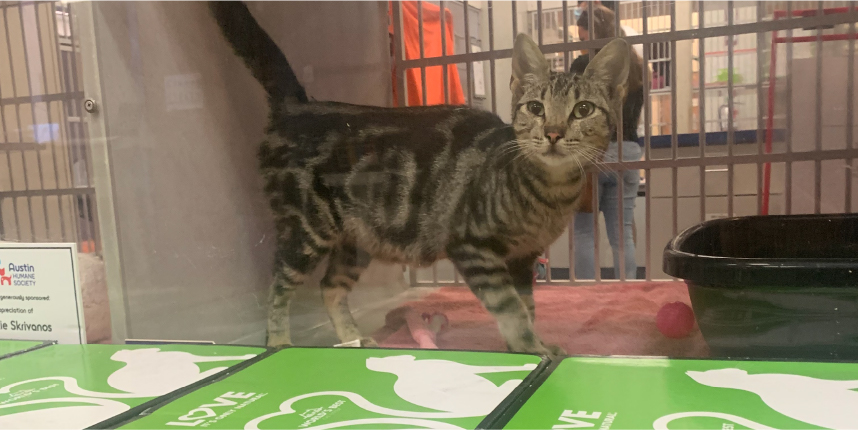120+ CAT SHELTERS, RESCUES, AND CAFéS MAKING A HUGE DIFFERENCE
Learn about 120+ shelters, rescues, and cafes across the country that are making a difference in the lives of cats and other animals.

Everything You Need to Know About Therapy Cats
In the last few years therapy animals have become increasingly popular, as the idea of gaining emotional support from a companion animal has become more accepted. While therapy dogs are no new concept, therapy cats, also referred to as emotional support cats, are just now becoming more popular.
What is a Therapy Cat?
A therapy cat is any cat that is trained to provide support, emotionally, physically or medically, to humans in need. Often therapy cats are relied on for emotional support, to provide comfort to those dealing with disabilities, disorders or who are in particular need of companion support.

Therapy cats are beneficial for reducing stress, anxiety, and depression. They can also encourage those they care for to increase their exercise, through play, walks or other means. Therapy cats are trained to maintain a mild, tolerant demeanor and to stay calm during their companion’s stressful periods or medical emergencies.
Therapy cats are often employed by nursing homes, schools and other care facilities to look after children, the elderly, or those with disabilities. While therapy dogs have been around longer, the benefit to cats is their small size and relatively low-maintenance care. Cats sleep up 18 hours a day, which makes them ideal snuggling partners for those who aren’t able to be very active.
How to Get a Therapy Cat
Therapy cats must be trained and certified in order to gain their status. Many organizations exist to aid in the training and certification of therapy animals, including cats.

If you want to get a therapy cat but don’t yet own a cat, keep in mind when adopting that a more mild-mannered, young feline will likely adjust to the training easier than a more energetic, rambunctious one.
In order to ensure that you are able to house and bring your therapy cat with you, you may need a prescription from a doctor for an emotional support animal (ESA). Otherwise, your therapy cat may only be allowed into areas where they are employed to provide support.
Make sure to double check your local regulations to ensure that cats are legally acceptable emotional support or therapy animals, so that they are protected by the Fair Housing Act, which allows you to live with an emotional support animal even in locations with no-pet policies.
How to Train a Therapy Cat
First, you’ll need to find an organization that specializes in training therapy animals.

To become a therapy cat means that your cat must meet requirements designated by the training program they are in. Most often, these requirements include age, level of aggression, diet and ability to comfortably wear a leash or harness.
Once your cat completes the training program they will need to complete a live evaluation from a training professional in order to receive their official certification.
Therapy cats can provide the comfort and support those with disorders and disabilities or those coping with emotional stress need to thrive in their daily life. If you’re considering adopting a cat, here are a few tips to help you find the right one.




